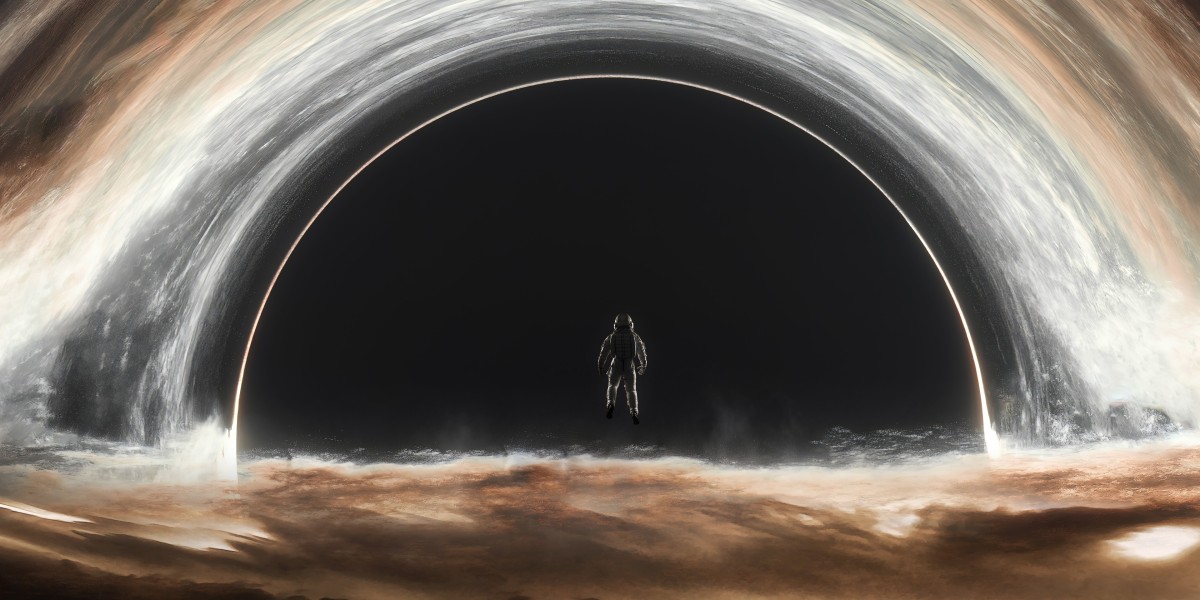Unleash Your Creativity: Discover the Magic of FDM 3D Printing Today!
In recent years, FDM (Fused Deposition Modeling) 3D printing has surged in popularity among both hobbyists and professionals alike. This innovative technology allows users to turn their imaginative ideas into tangible objects, fostering a spirit of creativity and innovation in the realm of design and manufacturing. With the ability to create everything from intricate models to functional prototypes, FDM 3D printing appeals to a diverse audience, including artists, engineers, and DIY enthusiasts. If you're considering venturing into the world of 3D print FDM or looking to expand your existing toolkit, this article will guide you through the essentials of FDM technology, its advantages, and how you can start your journey today.

Understanding FDM 3D Printing Technology
FDM 3D printing is a process that builds objects layer by layer using thermoplastic materials. The printer extrudes heated filament through a nozzle, precisely depositing it onto a build platform. As each layer cools, it solidifies, allowing subsequent layers to adhere and form the final object. One of the main advantages of FDM technology is its accessibility; it's often the first choice for many new users due to its relatively low cost and straightforward operation. Common materials used in FDM printing include PLA (Polylactic Acid), ABS (Acrylonitrile Butadiene Styrene), and PETG (Polyethylene Terephthalate Glycol). Each of these materials has unique properties—PLA is biodegradable and easy to print, ABS is known for its durability, and PETG offers a balance of strength and flexibility. Understanding these materials is crucial as it helps users choose the right filament based on their project requirements and desired outcomes.
Benefits of Using FDM 3D Printers
FDM 3D printing offers numerous benefits that make it appealing to a wide range of users. One of the most significant advantages is cost-effectiveness; FDM printers are generally more affordable than their resin counterparts, making them accessible to beginners and hobbyists. Moreover, FDM printing is remarkably user-friendly, with many printers featuring intuitive interfaces and straightforward setup processes. This ease of use allows even those with minimal technical knowledge to successfully create 3D prints. Additionally, FDM technology is versatile—users can print a wide array of items, from functional prototypes to decorative art pieces. The ability to experiment with different materials and settings provides a rich playground for creativity, encouraging users to push their limits and explore what they can achieve.
Creative Applications of FDM 3D Printing
The creative applications of FDM 3D printing are virtually limitless, opening doors to various fields including art, design, and engineering. For instance, artists have embraced FDM technology to produce intricate sculptures and custom figurines, allowing them to bring their visions to life with precision. In the realm of design, professionals utilize FDM printers for rapid prototyping, enabling them to test and iterate on their concepts quickly. I once attended a friend's workshop where he showcased his custom-designed drone parts created with an FDM printer. The intricate details and functionality of each piece were impressive, demonstrating how this technology can push the boundaries of design. Furthermore, hobbyists have taken to creating personalized items such as phone cases, home décor, and even cosplay accessories. Each project reflects the unique creativity and personality of its creator, showcasing the true potential of FDM printing.
Choosing the Right FDM 3D Printer and Accessories
When selecting an FDM 3D printer, it's essential to consider your specific needs and budget. Beginners may want to start with a basic model that offers straightforward operation and reliable performance, while more experienced users may seek advanced features such as dual extrusion or larger build volumes. Additionally, investing in quality accessories can enhance your 3D printing experience significantly. Essential tools include a good quality spatula for removing prints, a set of pliers for supporting filament, and a cleaning kit to maintain your printer. One of my friends swears by a particular brand of filament that has exceptional adhesion and minimal warping, which has made his printing process much smoother. Software is another critical component; slicing software can help optimize your models for printing, ensuring the best results with minimal effort. By carefully selecting your printer and accessories, you can tailor your setup to meet your creative aspirations.
Embracing FDM 3D Printing for Creative Exploration
FDM 3D printing stands as a gateway to creativity, offering users the chance to transform their ideas into reality. From understanding the technology and its benefits to exploring its diverse applications, it’s clear that FDM printers have much to offer. Whether you're a beginner or an expert, embracing FDM technology can lead to exciting projects and endless opportunities for artistic expression. So why not take the first step? Dive into the world of FDM 3D printing today and unleash your creative potential!








